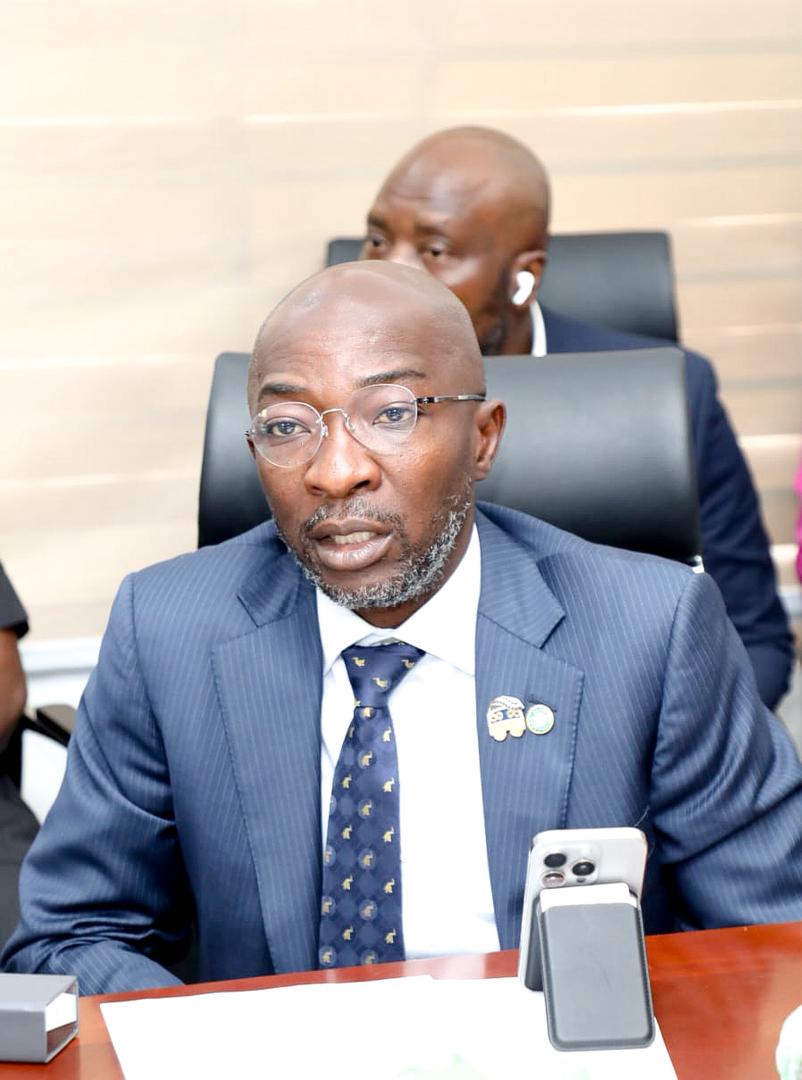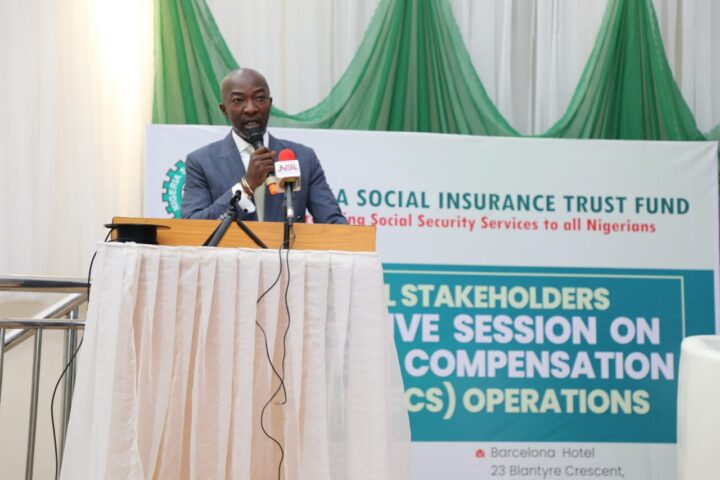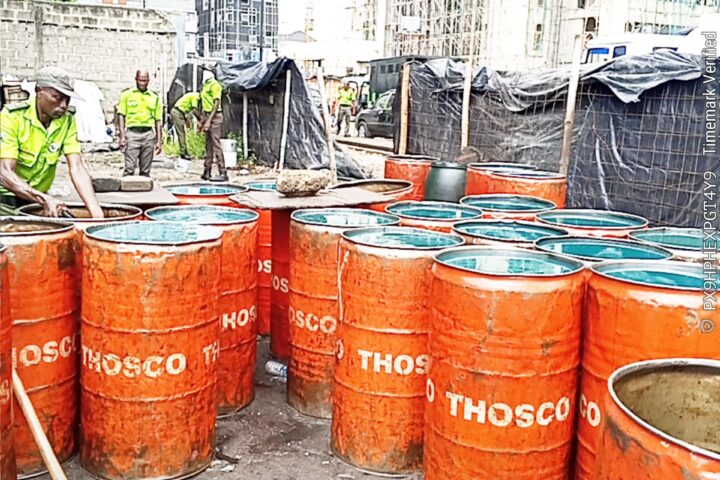The Managing Director of the Nigeria Social Insurance Trust Fund (NSITF), Barrister Oluwaseun Faleye, has faulted violation of safety rules by employers in the country, saying the act constitutes national burden which has three painful dimensions.
He spoke at the 15th International Safety Conference and Awards 2025 with the Theme: ‘From Tragedy To Transformation: Learning from the Cost of Violating Safety Rules,” which held at the Federal Ministry of Works, Mabushi Abuja on Wednesday
The NSITF boss was represented by General Manager of the Health, Safety and Environment (HSE) Department of NSITF, Tesh Kibikiwa.
He said: “There is the human cost when workers lose limbs, livelihoods, and sometimes their lives, families suffer emotional trauma and economic hardship, and children are forced out of school because a parent’s income has suddenly vanished.
“Then there is the organizational vost where Companies suffer reputational damage, loss of productivity, equipment losses, litigation, and downtime. Many businesses underestimate these costs until tragedy strikes and then the price becomes too high.
“There is also the national economic cost. Injuries and fatalities contribute to lost GDP, reduced manpower, higher health costs, and a weakened labour force,” he stressed.
He re-emphasised that prevention of accidents is a top priority for the Fund.
According to him, every compensation is a story of pain and no amount of compensation can replace a human life adding that is why the Fund is strengthening safety compliance initiatives, investing in digital systems for claims processing, building capacity across industries, and collaborating with organizations to maintain global best practices.
Aligning with the theme of the conference, the NSITF boss emphasized the import of safety to every facet of human endeavor and the crucial role it plays to the economic emancipation of any nation.
He implored all stakeholders to prioritize safety as topmost in their day to day engagement in order to mitigate against frequency of accidents in the workplace and called for strengthened collaboration among safety professionals, regulators, employers, unions, training bodies, insurance and compensation institutions.



















